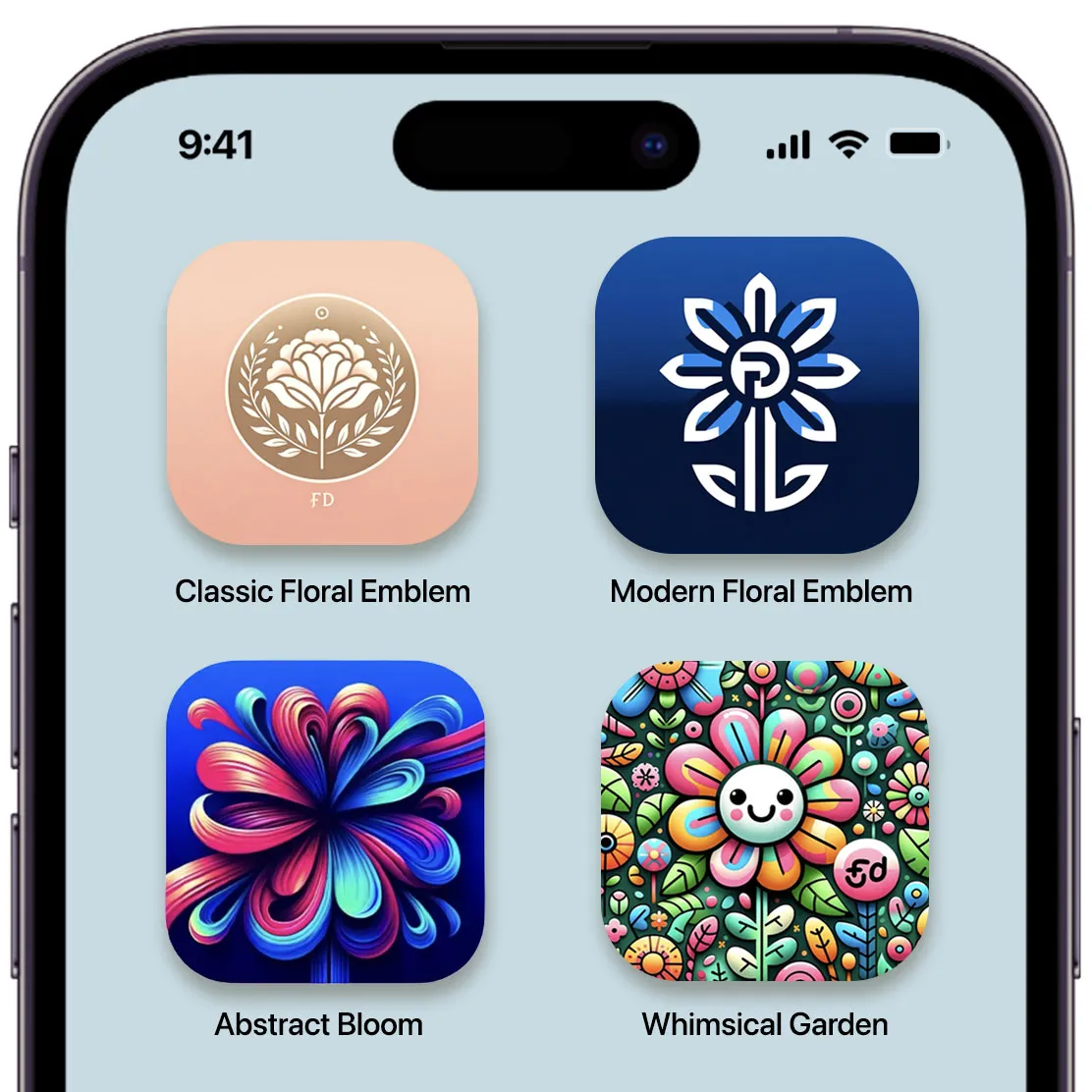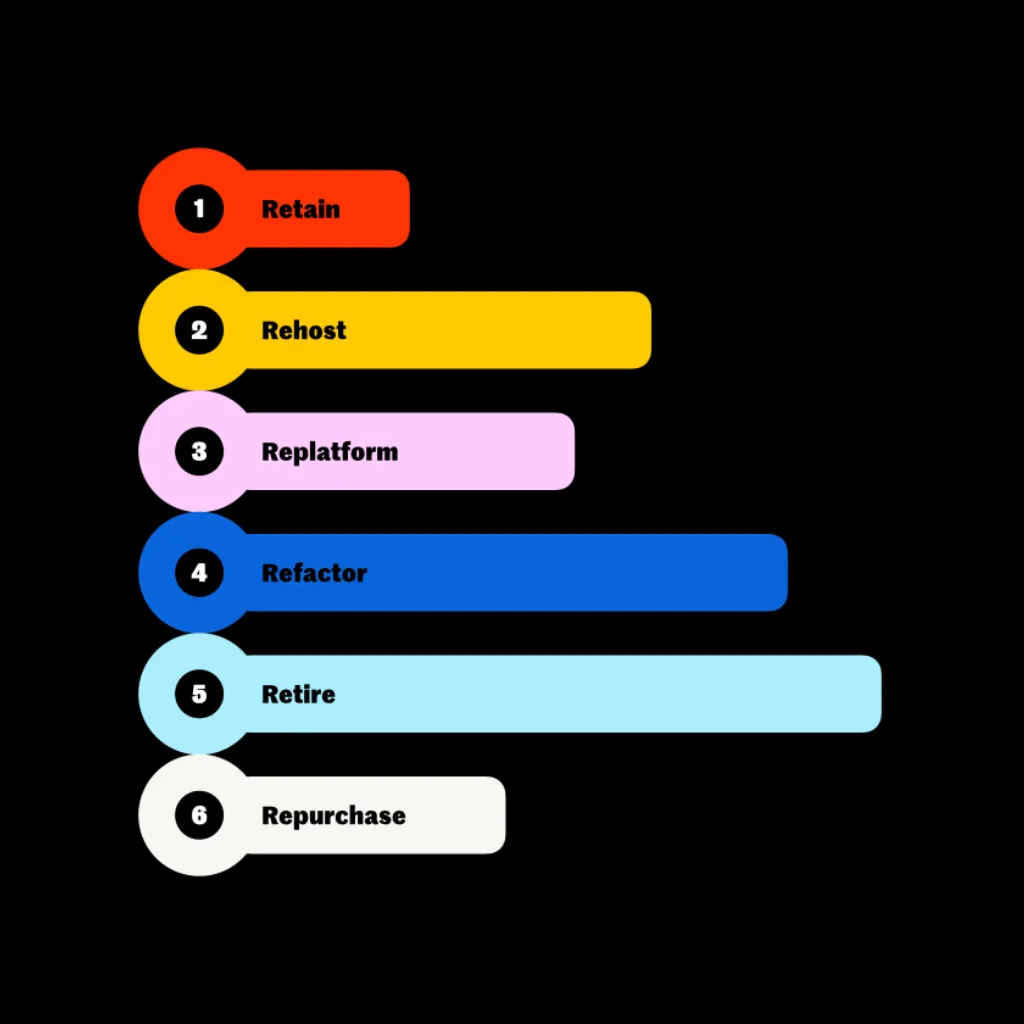Changing the Temperature on AI

AI Temperature: What is it? How can it help me?
When working with ChatGPT, Gemini, and other AI models, your understanding of "temperature" can significantly enhance the quality and precision of outputs. This setting allows you to control the randomness and creativity of the responses, which is invaluable for crafting everything from technical documentation to creative writing. Mastering temperature modulation can level up your AI sessions, enabling you to generate highly tailored and effective content.
What is Temperature in AI?
Temperature refers to a parameter that adjusts the randomness in the AI's responses. A lower temperature leads to more predictable and focused outputs, while a higher temperature introduces variability and creativity. This setting allows us to tailor the AI's behavior to suit different needs, balancing creativity with predictability.
Temperature Ranges
- Low (0.1 - 0.4): Produces deterministic and focused outputs. Ideal for tasks requiring clarity and precision.
- Medium (0.5 - 0.6): Balances predictability and creativity, suitable for engaging yet coherent content.
- High (0.7 - 1.0): Increases randomness, generating diverse and creative outputs, sometimes at the cost of coherence.
Example in Action
To illustrate the effect of temperature settings, consider the task of designing an app icon for a flower delivery startup.
Low Temperature (0.1)
ChatGPT Prompt:
Let's lower the temp to 0.1 and design two app icons for a new flower delivery startup.
Outputs:
Classic Floral Emblem
Modern Floral Emblem
These lower temperature outputs are straightforward and traditional, focusing on clarity and recognizability. The AI essentially tasked itself with creating a flower emblem in two styles: classic and modern. These are safe bets, consistent with the predictable nature of lower temperature settings.
High Temperature (1.0)
Prompt:
Ok, now let’s up the temperature to 1.0 and design two more flower delivery startup app icons.
Outputs:
Abstract Bloom
Whimsical Garden
These higher temperature designs are more creative and diverse, showcasing imaginative and unexpected elements. Even their descriptions are more ambitious compared to the lower temperature outputs.
Everyday Use Cases
Here’s how different temperature settings can be applied to digital experience tasks.
Low Temperature (0.1 - 0.4)
- Technical Writing: Ensures clarity and precision, essential for documentation or instructional content.
- Statements of Work (SOW): Produces clear, precise, and consistent documentation for SOWs, ensuring all necessary details are accurately conveyed without ambiguity.
- Programming: Generates precise and reliable code snippets or automates programming tasks, useful for writing clean and functional code without unexpected variations.
- Research & Synthesis: Creates comprehensive and coherent reports by generating summaries and synthesizing information from various sources, maintaining precision and accuracy for detailed analysis.
Medium Temperature (0.5 - 0.6)
- Blog Posts: Strikes a good balance between coherence and creativity, resulting in engaging and varied content that holds readers' interest while maintaining a clear message. For more niche or technical topics, focusing on accuracy and clarity is essential.
- Customer Service: Provides personalized and engaging interactions. A customer service bot can deliver friendly and varied responses, enhancing the user experience and maintaining a balance between efficiency and engagement.
High Temperature (0.7 - 1.0)
- Headlines: Generates catchy and creative headlines that grab attention, particularly effective in marketing campaigns where standing out is crucial.
- Product Development: Encourages the exploration of a wide range of ideas during the brainstorming phase, leading to innovative product features or entirely new products through diversity of thought.
Understanding and adjusting the temperature setting in AI models allows us to tailor outputs to meet specific needs. Typically, AI auto-adjusts the temperature based on the context: for technical prompts, it lowers the temperature to be more deterministic; for brainstorming, it raises the temperature to enhance creativity. However, you can manually set the temperature for each prompt to achieve your desired outcome. Whether you need precise and predictable responses or creative and varied content, mastering temperature settings allows you to control AI outputs more effectively, making it an even more versatile tool for all of us.
Let‘s ConnectMore Knowledge Drops

Sign up to have Knowledge Drops sent directly to your inbox.


